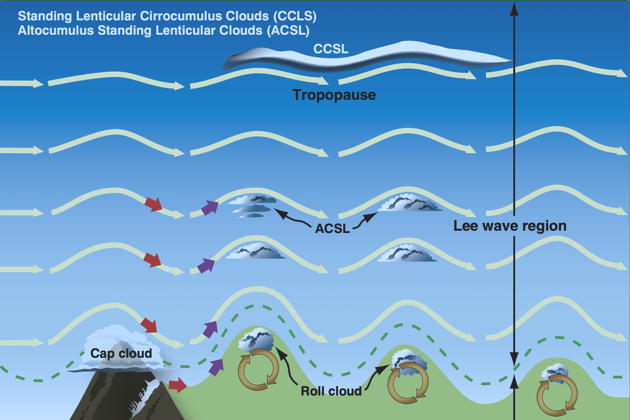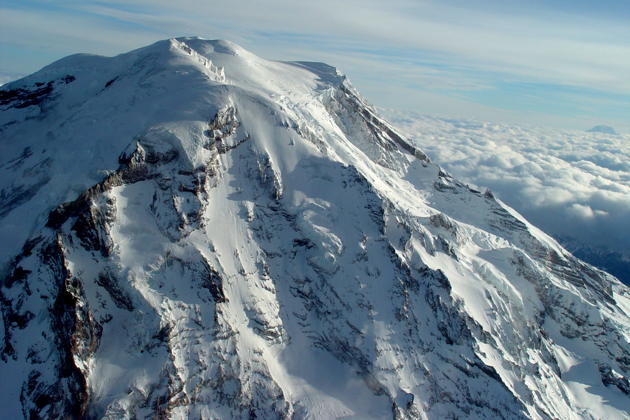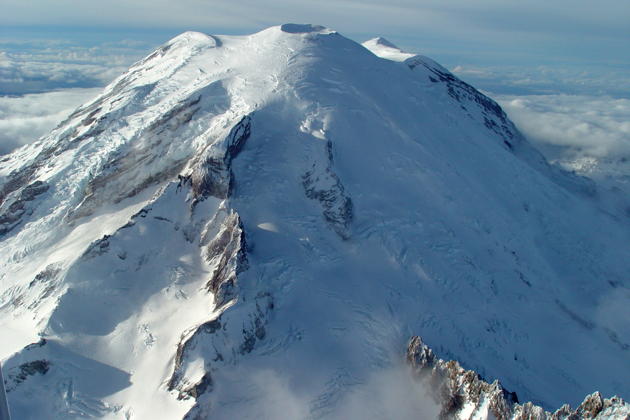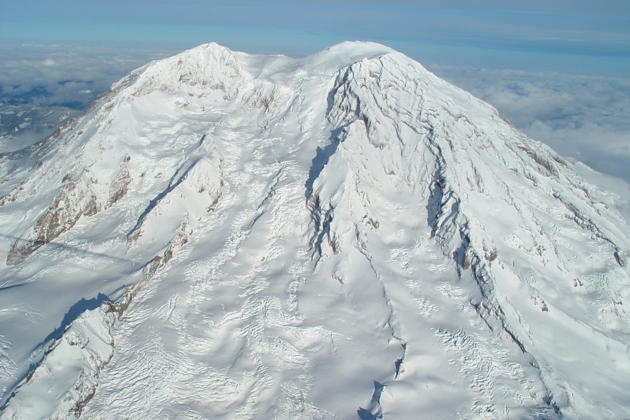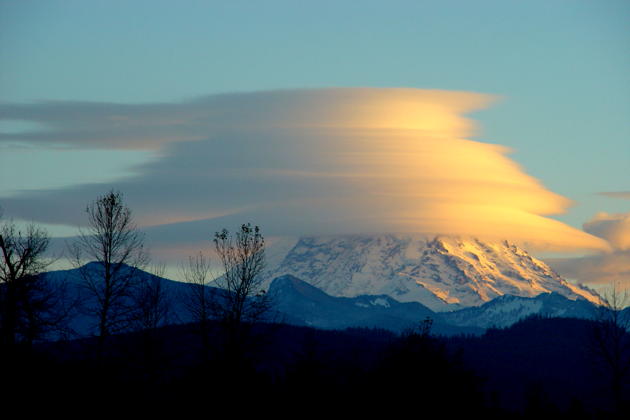FlightLog Archive
∟Aircraft Flown
14,000 Feet in a Warrior - Dec 2002
A unique part of aviation is that you sometimes get to explore the limits of an airplane's capability, or envelope, when you least expect it. Service ceiling, for example, has an interesting definition as an aircraft limit. Service ceiling is generally defined as the maximum usable altitude of an aircraft. Specifically, it is the density altitude at which flying in a clean configuration, at the best rate of climb airspeed for that altitude and with the engine operating at maximum power, will produce a given rate of climb (typically 100 feet per minute).
I had become part owner of a Piper Warrior II, and although the Pilot Operating Handbook for a Warrior II doesn't explicitly list service ceiling, various sources quoted the Warrior's service ceiling between 11,000 and 12,500 feet. Based in the Seattle area, with most local airports just above sea level, I wasn't expecting to get too concerned about service ceiling, unless I ventured deep into the mountains.
In December 2002, I took off from Renton, WA for a flight in the Warrior with my aircraft partner to survey the environment around the Ranger Creek airfield, a State airport located in a valley in the foothills northeast of Mt. Rainier. I wanted to get a feel for the environment and off-field landing options for potential soaring operations from Ranger Creek.
The weather was very good for late December in the Northwest, with scattered to broken clouds around 5000 feet and clear skies above. I stayed below the scattered deck en route to Ranger Creek, and was able to conduct a good survey and get photos of the environment around Ranger Creek, which provided few options for off field landings, other than returning to Ranger Creek as the primary option for glider operations.
After surveying Ranger Creek, I noticed glimpses of 14,110 foot Mt. Rainier through breaks in the clouds, tempting us for a closer view. I also noticed the beginnings of lenticular clouds to the west of Rainier, above us but still below the crest of Rainier. I was excited about the possibility of discovering some smooth mountain wave lift near the lenticular clouds, so I climbed in a gap in the clouds and headed toward the lenticulars. My aircraft partner asked, "What is mountain wave", and I explained about the free potential lift awaiting us, if I could locate the correct portion of the mountain wave structure, and stay out of any dangerous rotor or downdrafts.
As we climbed through 7000 feet, I positioned the Warrior just to the west of the leading edge of some lenticular clouds that were forming, and after bouncing in a bit of turbulence, we broke into a silky smooth layer of lift. I throttled back our engine, but amazingly our rate of climb began increasing, as we started to rise past 8,000, then 10,000 feet. Our rate of climb increased to 1,500 feet per minute as we passed 10,000 feet. I asked my partner what his hypoxia symptoms were, since we appeared to be climbing quickly enough to soon be above 12,500 feet. The FAA smartly restricts flight in the altitude range from 12,500 to 14,000 feet, without supplemental oxygen, to a maximum of 30 minutes. Hypoxia can quickly set in at those altitudes, and symptoms can be varied: increased breathing rate, headache, lightheadedness, dizziness, tingling or warm sensations, sweating, poor coordination, impaired judgment, tunnel vision, and euphoria. We planned to stay above 12,500 for less than 30 minutes, but my partner explained that the Warrior probably couldn't climb much above 12,000 anyway.
The mountain wave lift had other ideas, as we smoothly continued climbing as I 'S'-turned in front of the lenticular. With the throttle still way back, we climbed past 12,000 to 13,000 feet, then to 14,000 with still a 300-foot per minute climb rate. I moved out of the strong lift area to stay below 14,000, which allowed us to maneuver in a circuit around Mt. Rainier for gorgeous views and photos of the mountain up close. As we started our second circuit of the mountain, I descended to 12,000 feet, since I was getting a slight tinge of a headache, and both of us had the start of euphoria, partly due to being so close to the gorgeous mountain, but also probably due to the start of hypoxia. Once below 12,000, we took a few more photos, then said goodbye to the mountain for a non-eventful return flight back to Renton.
I hope to explore the mountain wave around Mt. Rainier more in the future, but definitely enjoyed this taste of the power and smoothness of this mid-winter mountain wave lift.
 KASPRZYK
KASPRZYK

